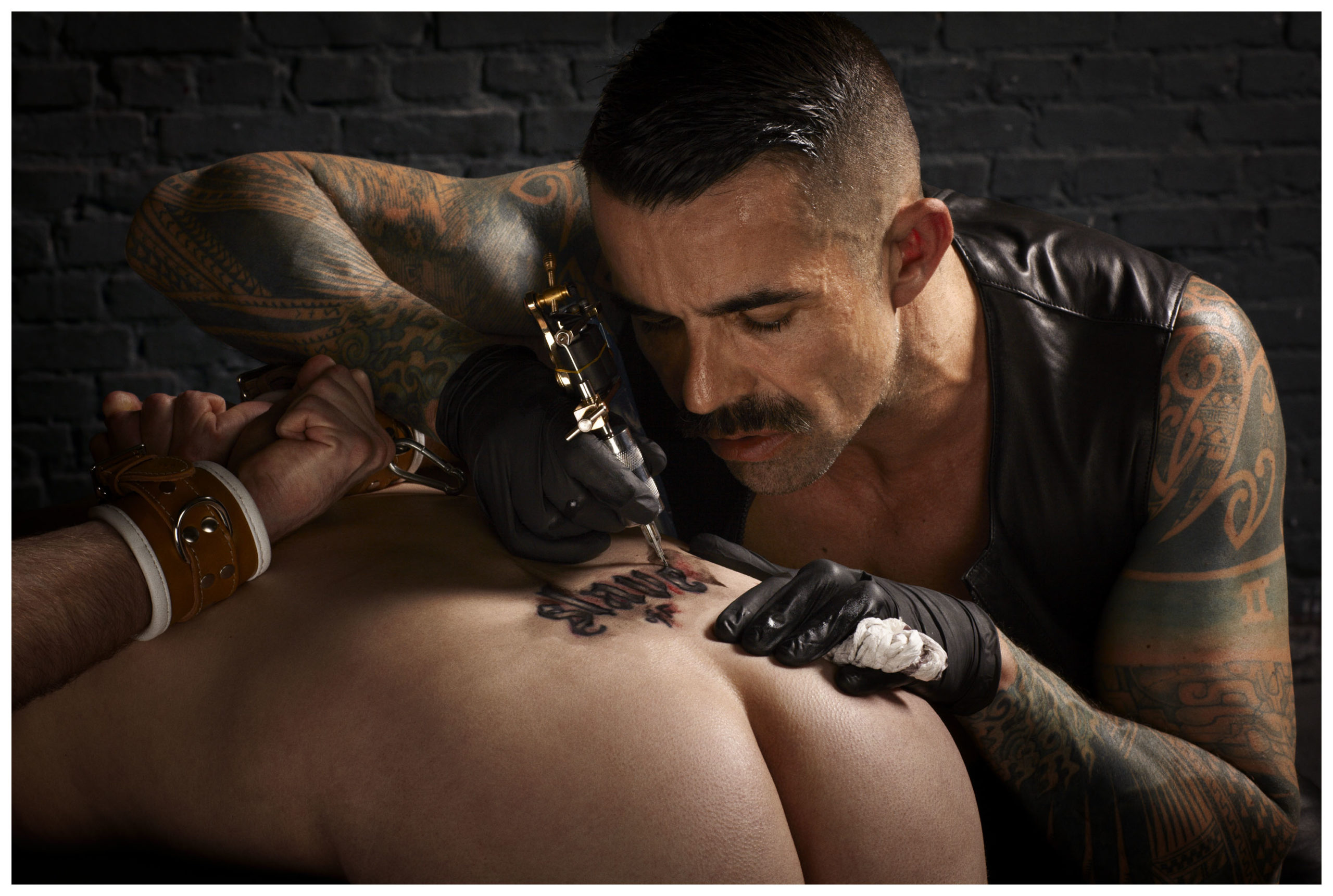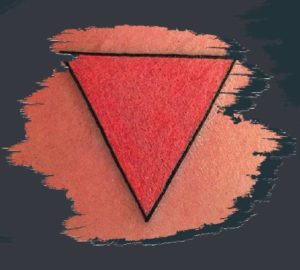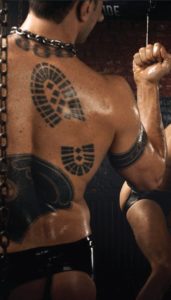 Tattooing is an ancient tradition that, depending on your sources and what evidence you choose to believe, dates back to roughly five thousand years ago. That’s a seriously long time! However, as detailed in the book ‘Bad Boys & Tough Tattoos,’ it wasn’t until the mid-twentieth century that the LGBQTI community started using tattoos as symbols of power and secret identification.
Tattooing is an ancient tradition that, depending on your sources and what evidence you choose to believe, dates back to roughly five thousand years ago. That’s a seriously long time! However, as detailed in the book ‘Bad Boys & Tough Tattoos,’ it wasn’t until the mid-twentieth century that the LGBQTI community started using tattoos as symbols of power and secret identification.
Whether you are looking for inspiration for your new tattoo or just wanting to sound educated in your next conversation with a tatted stud, WINGS has got you covered. We are about to break down the most commonly spotted queer tattoos and what they mean.
The Pink Triangle
This is one you most definitely have spotted somewhere. From ACT UP’s famous AIDS awareness campaign to Nike sneakers, the pink triangle can be seen everywhere as a symbol of gay pride. During Hitler’s reign of terror, men suspected of being gay were forced to wear a downward-facing pink triangle on their clothes at all times. Gay men were segregated at concentration camps for fear of their sexual preference being contagious. SS guards would use the pink triangle to identify and further dehumanize their homosexual prisoners. A grim and vile history for sure, but one that began to take a turn in the ’70s and ’80s as the gay rights movement brought a deeper awareness of gay persecution during the Holocaust. Since then, the pink triangle began to get adopted by the queer community, to reappropriate the symbol and serve as a reminder not to let history repeat itself.
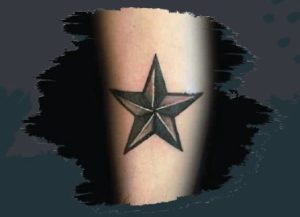
The Nautical Star
According to the book ‘Boots of Leather, Slippers of Gold: The History of a Lesbian Community’, the nautical star tattoo was adopted by Lesbians in the 1950’s. It tells a story of a large group of “butch lesbians” who, tired of repression but driven by a new cultural push to be identified as lesbian, got the blue and white nautical star tattooed on their inner wrists. Why the inner wrist? It was a discrete yet quickly noticeable place on the body that could be easily covered up with a watch during the day and displayed at night in the right places. There’s no documented reasoning behind their choice of symbol, but it certainly caught on. It was the first symbol of the lesbian community that didn’t rely on butch-fem imagery, and soon the “femme lesbians” were adopting the same tattoo to signal their sexuality.
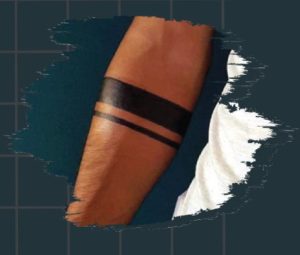
The Armband(s)
This is a controversial one. The armband tattoo in its most simple form is a stripe circling the arm. This tattoo has somehow become synonymous with fisting. If you believe this ‘myth’, a gay man (whether they be the fist-er or the fist-ee) would get a tattoo of how far up his asshole he could give or take an arm and a fist. As a queer fetish magazine, we love the idea that this is a feat worth being so proud of that it merits a tattoo. Still, we would be wrong not to mention the other side of this often-heated debate. All it would take is some google searching for gay forums on the topic or a quick Instagram story question to hear that many gay men deny its association with fisting. Those who do, either argue that it is purely aesthetic or propose a whole different meaning; an equal sign to represent equality. Whichever side of the argument you are on, it is undeniable that a staggering number of gay men love having this tattoo.
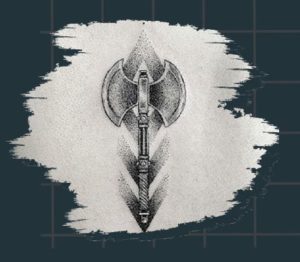
The Labrys
For those of you who don’t go around wielding weapons or identifying as ‘lumbersexuals’: the labrys is a double-sided axe. For centuries this symbol has been associated with matriarchy, and therefore this is certainly one for the ladies. For starters, the word ‘labrys’ gets its roots from the Latin word ‘labus’, which means ‘lips’. And this symbol is said to denote part of the female genitalia that all of us (even you gays!) have touched at least once in our lives: the labia. In the ancient Minoan civilization, it was all about women in charge, and the labrys was the symbol of the Mother Goddess. It is also associated with the Amazons, a legendary warrior society led by women (Come on, Wonder Woman!) And then, in the 1970s, lesbians adopted this symbol in the form of a tattoo to represent lesbian feminism.
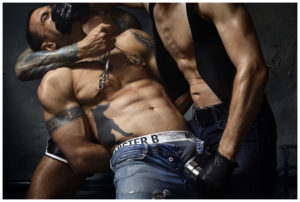
Some more fun ones…
Obviously, the LGBQTI community is not constrained to just those four. In preparation for this article, we found many more people who shared photos of their tattoos and what they meant to them and their sexuality. Here are a couple of our favourites. When there wasn’t a bar of soap to drop, Soviet Union prisoners could have various tattoos (either there by choice or force) to indicate their sexual preference. With the penis acting as a nose, two eyes tattooed right above the crotch would symbolize ‘looking for cock’. Tom of Finland’s work lives on, on the bodies of many gay men. Whether they be original ToF sketches or heavily influenced designs, these tattoos can symbolize (of course) that you are into the leather fetish or other kinks, for that matter. The biohazard symbol, and others, have been adopted by some gay men living with HIV to start their journey towards self-acceptance and serves as a way to start a conversation and reduce stigma.



